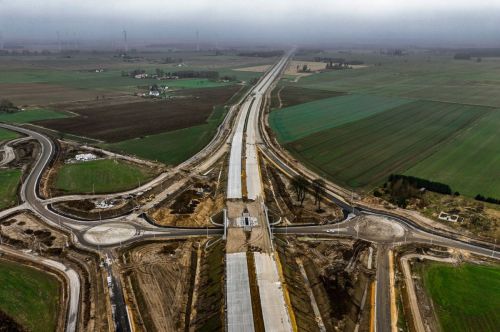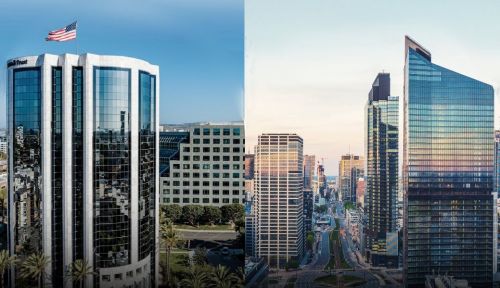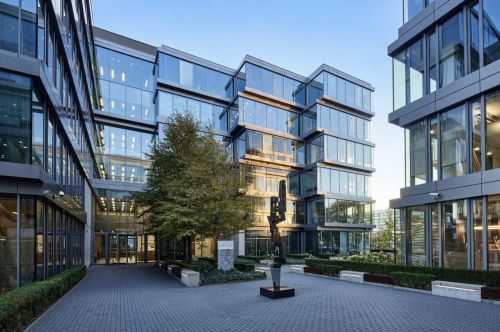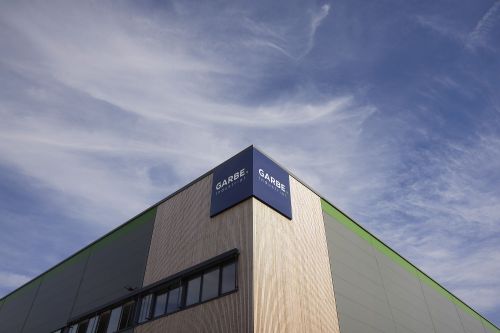Reprivatisation, one of the areas of the post-communist transformation of Poland that has generated much emotion in past, is still putting certain groups of society at loggerheads, such as former owners and those who acquired the rights to use properties after the war. how hard is it to recover properties, whether these are the palaces of large families or tenement buildings in Warsaw? Michał Sobański, the heir to the aristocratic Sobański family, outlines the situation from the legal point of view































































